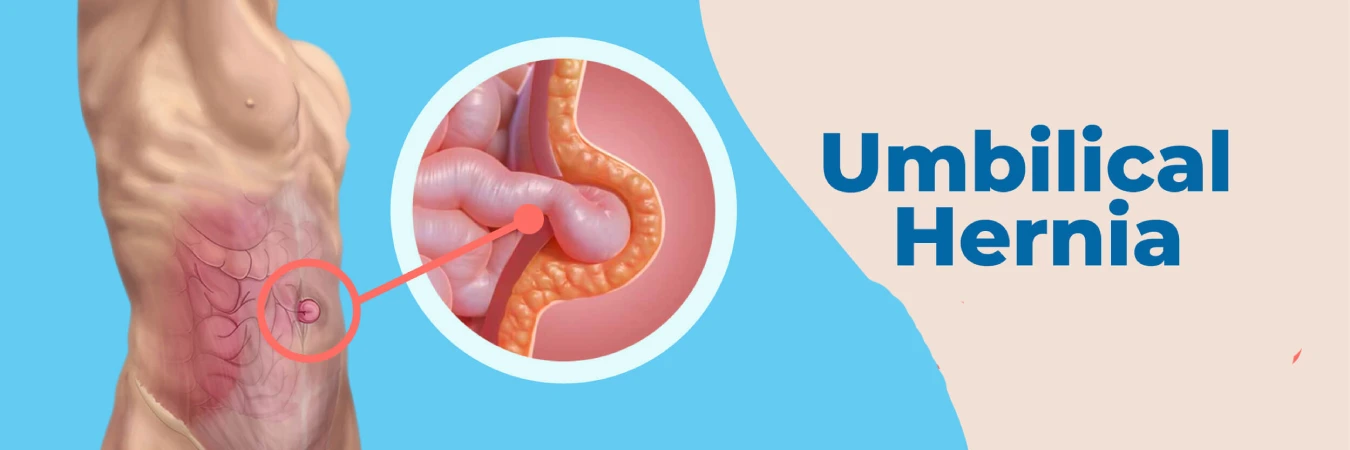Umbilical Hernia
Umbilical hernias can be easily diagnosed through a physical examination. The doctor will feel for the bulge or swelling around the belly button area. In infants, this bulge may become more noticeable during crying episodes. As part of the diagnosis, the doctor will determine whether the hernia can be pushed back into place.
Furthermore, specific tests might be recommended to assess if the umbilical hernia has become trapped or "incarcerated." These diagnostic tests could include X-rays, ultrasounds, MRI, or CT scans. The results of these tests help gauge the severity of the condition and determine the most appropriate treatment approach.

